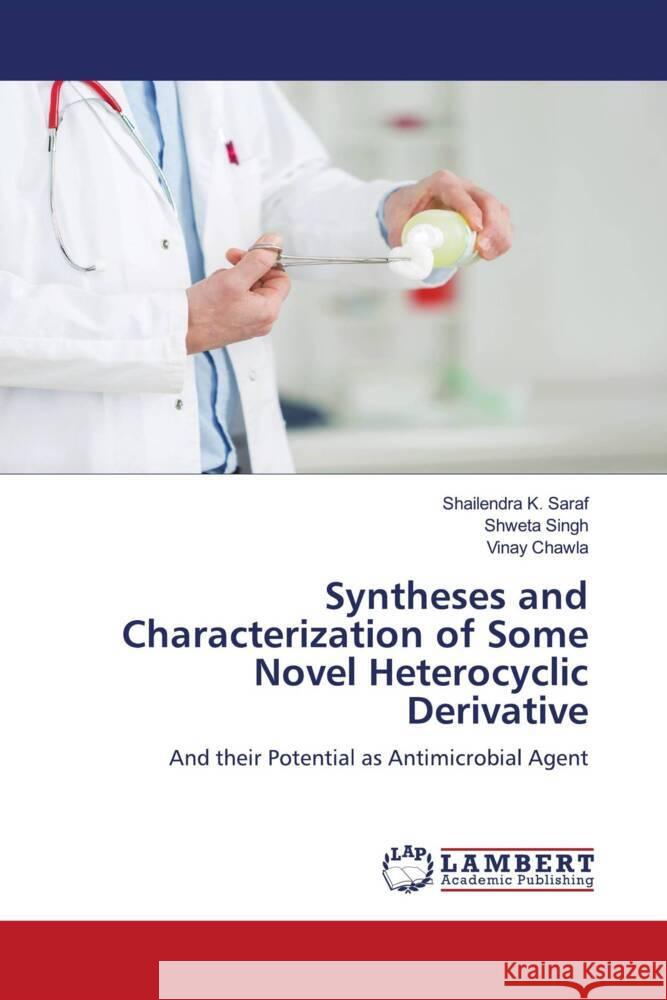Syntheses and Characterization of Some Novel Heterocyclic Derivative » książka
Syntheses and Characterization of Some Novel Heterocyclic Derivative
ISBN-13: 9786206754114 / Angielski / Miękka / 108 str.
Increasing incidences of antimicrobial resistance are proving to be a menace for the society. There is a demand for the synthesis of some new antimicrobial agents which can overcome this problem. In the present study, a series of pyridosulfonamide derivatives have been synthesized, to exploit the combined potential of pyridine and sulphonamide nuclei. Different derivatives were synthesized through a three step process. The success of syntheses was confirmed through physical and spectral characterization on the basis of IR spectroscopy, Mass spectrometry and PNMR spectroscopy. These derivatives were evaluated at varying concentrations for antimicrobial activity by cup plate method using Co-trimoxazole and Fluconazole were used as the standard drug for antimicrobial and antifungal activity respectively. The synthesized compounds were found to be active against the tested strains of Gram positive (Bacillus subtilis and Staphylococcus aureus) and Gram negative (Escherchia coli and Psuedomonas. aeruginosa) organisms. However, none of the compounds was active against Candida albicans.











